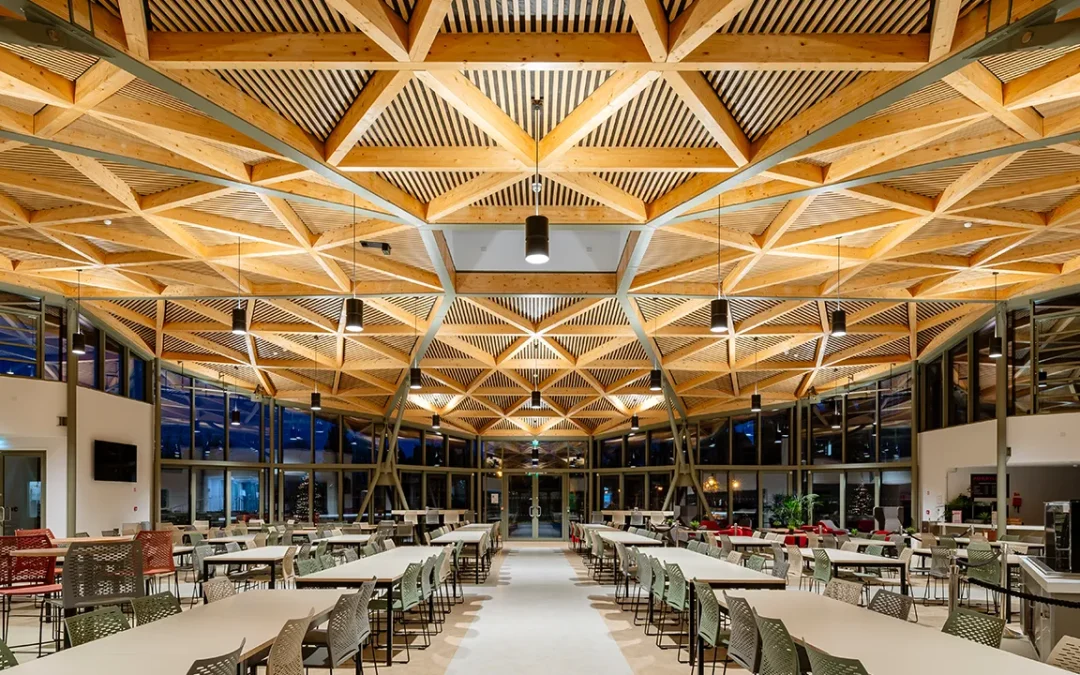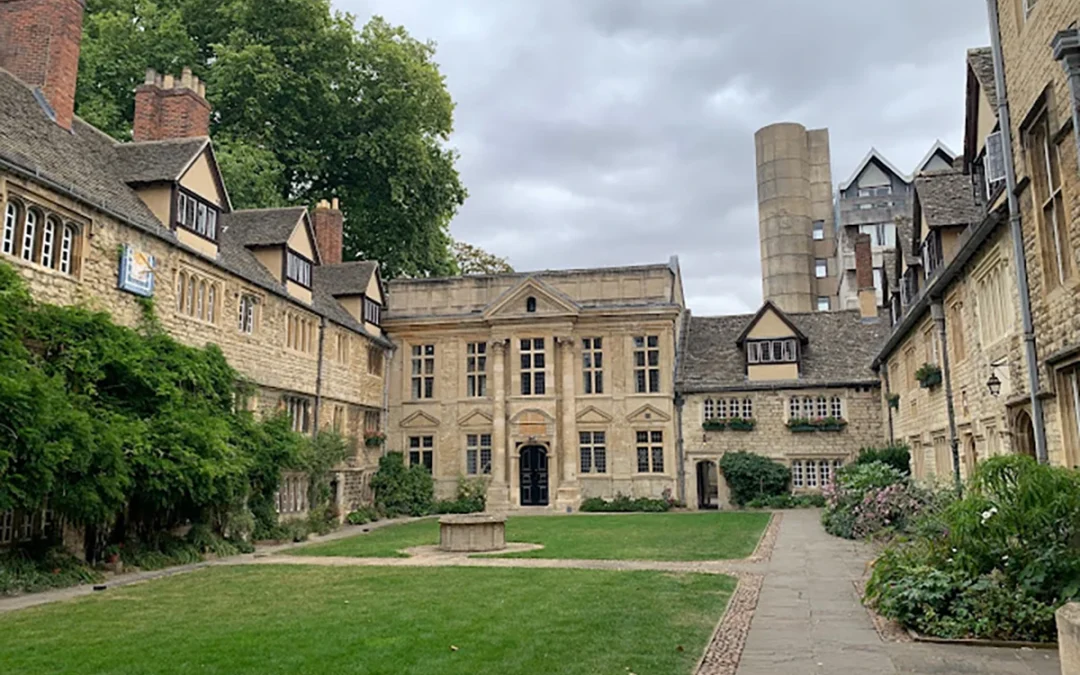Background / Objectives / Timeline
Bojen were asked in March 2018 to undertake a project to redesign and replace the lighting and emergency wiring systems of the University of Oxford Plant Sciences buildings. The brief was to make the buildings environmentally friendly, but be capable of providing the extensive and complex lighting that plants require to grow. Furthermore, the client was working to a very tight budget. Any resulting contract would have to demonstrate much reduced costs. Given the brief, this was a considerable challenge. The project was to strip out all of the existing light fittings in both the Forestry and Botany buildings, predominantly in the circulation areas, externals, roofs, welfare areas, workshops, stairs, toilet facilities and some of the laboratories, and install new sophisticated lighting and controls systems to enhance the existing capabilities and provide a more efficient sustainable solution and more friendly (simple) operation for the end user.
Advance(s) Sought
To adapt and modify LED lighting systems design to significantly reduce both energy costs and carbon emissions. Incorporation of innovative designs, including automatic dimming, zoning of light switches and daylight control, to improve the working environment in the offices and meeting rooms and to further reduce costs.
Development and adaptation of new and innovative system combinations, including: Dali (absence/presence detection) lighting; natural light detection; air intake / extraction and heat recovery; climate control; modified passive infrared sensors for the ventilation system; etc.
Therefore, the overall advance lay in designing a complex mix of systems that could be retro-fitted into an existing building, whilst making it affordable. Such systems are generally prohibitively expensive, so finding cost-effective solutions is key to advancing technology in this area.
Technical Challenges
One major challenge was to control the cost whilst creating an area capable of sustaining the number of staff that would be working in the building while the project was undertaken. This had to be done within a very short time period, yet provide a space which is sustainable, energy efficient, flexible, modern, and have the correct finish for the client.
Another challenge was that the building had delicate research being carried out with highly expensive anti-vibration tables on the floor directly above the area to be refurbished. This meant the Company were unable to drill into the concrete ceilings or use any loud machinery/equipment to complete the work.
Budget constraints also meant that the designs had to be modified on several occasions before the project could progress. A lot of research into alternative products and accessories had to be carried out to find suitable materials to fit within the budget, but maintain the overall efficiency (and look) of the buildings.
Resolution of Challenges, Project Outcomes and Future
Much adaptive design and real world (on-site) trialling was required. This project is still ongoing (as of March 2020). Bojen liaised with the main contractor, architect, client and electrical engineers to identify the best solutions from energy consumption, practical and financial points of view. The lighting control manufacturers were also consulted to establish what alterations could be made by Bojen without voiding the warranty. These resulting parts are unique to the industry and are not as yet in commercial use anywhere else.
Effective and adaptable designs continue to be utilised to ensure this project is a success in the long term. Bojen will monitor system efficiency, cost-effectiveness and environmental sustainability, undertaking further adaptations and improvements as necessary.
As of May 2020, the project has been successful, with the University Department now using Bojen as their preferred contractor.
It is expected that further R&D projects will arise from this, as many complex system improvements and refurbishments are required.
Prototypes / Testing
No prototypes were produced per se. However, testing of multiple system configurations were conducted throughout to ensure safe and effective systems were installed.





